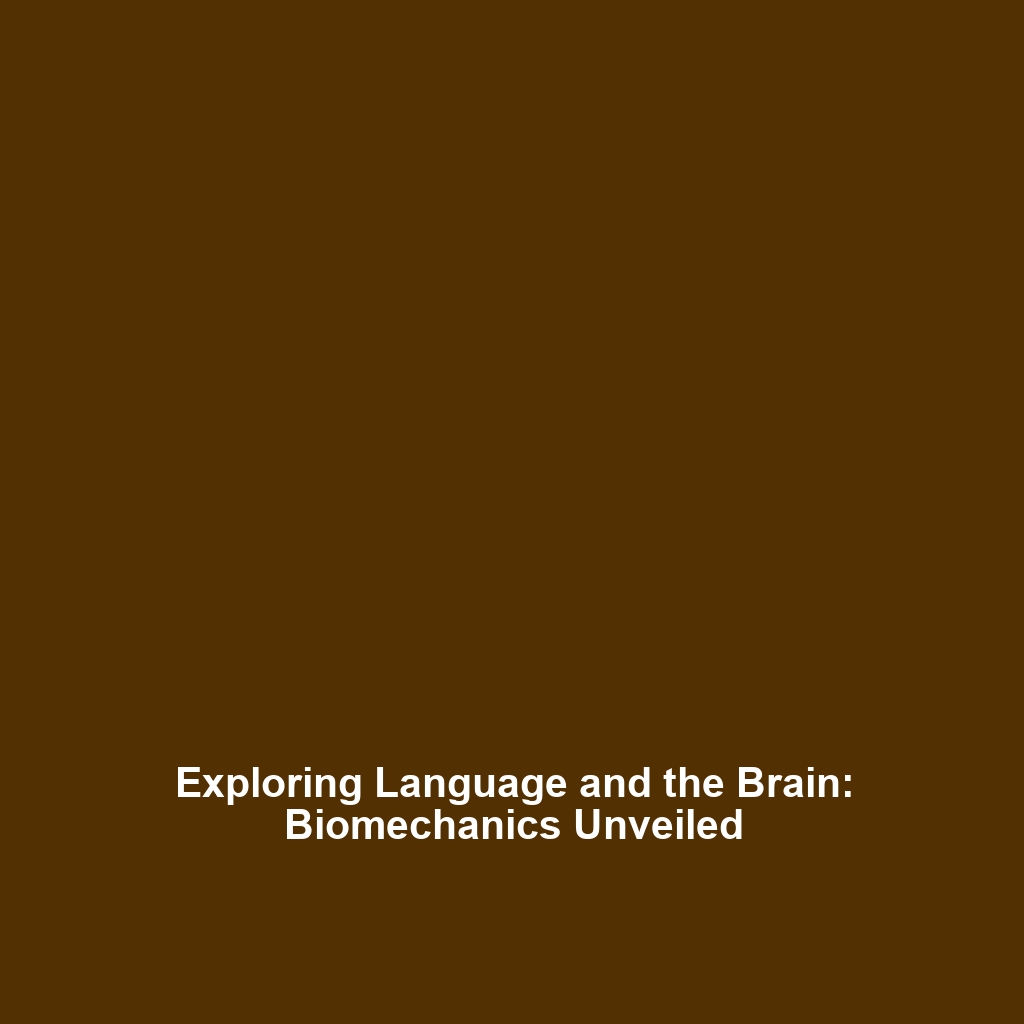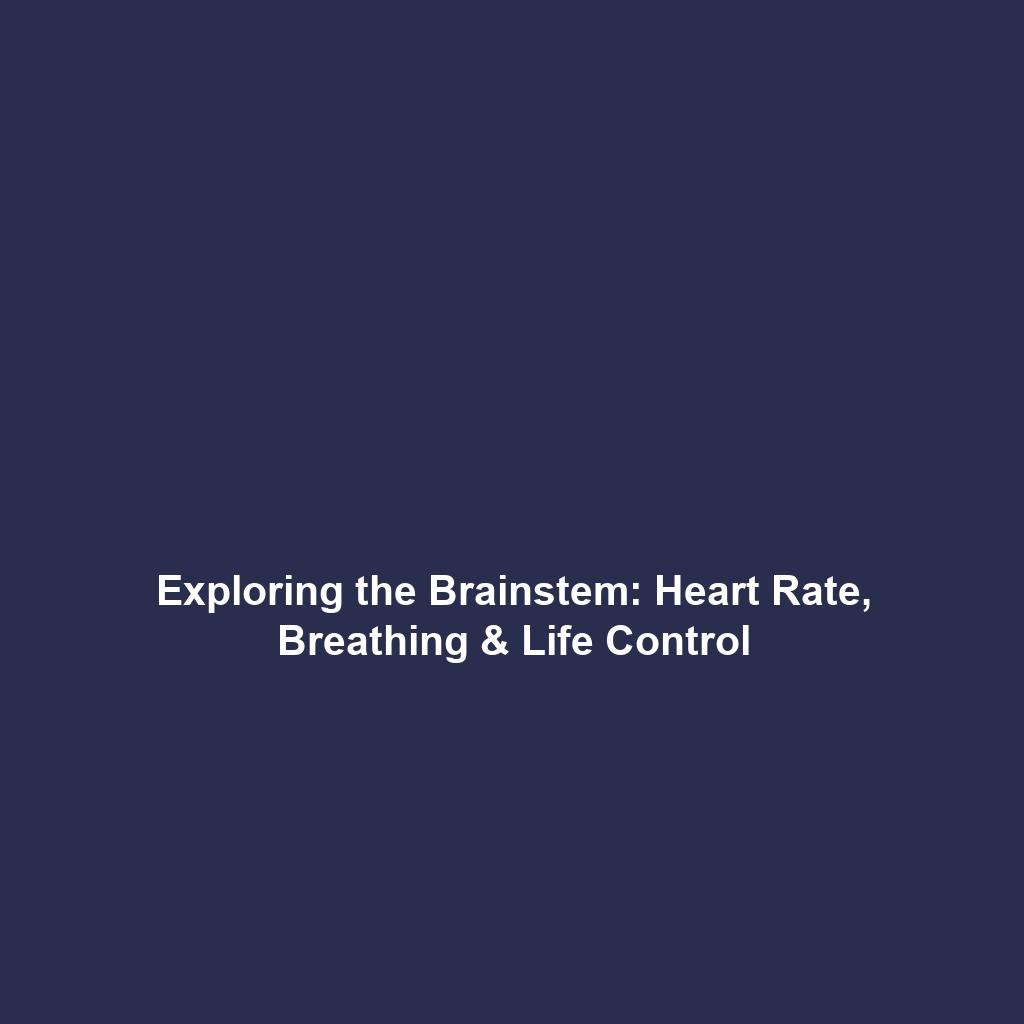Language and the Brain: Insights into Biomechanics
Understanding the intricate relationship between language and the brain is crucial not only for linguistics and psychology but also for the broader field of biomechanics. Language processing involves various brain regions, which communicate and coordinate their functions to facilitate speech and comprehension. This complex interplay underscores the significance of biomechanics in understanding the physical movements associated with language. By examining how neuromuscular coordination plays a role in our linguistic capabilities, we can deepen our insights into human movement and cognitive function.
Key Concepts
Understanding Language Acquisition
The process of language acquisition is a remarkable display of biomechanics, as it integrates neural and muscular functions. Children typically learn language through auditory input and practice, relying on intricate brain circuits that connect auditory, memory, and motor functions.
Neuroanatomy of Language
Key brain areas involved in language include:
– Broca’s Area: Responsible for speech production and articulation.
– Wernicke’s Area: Critical for language comprehension.
Understanding the biomechanics of these areas can help illustrate how physical movements—such as speaking and gesturing—are neurologically programmed.
Motor Control and Speech
Biomechanics plays a vital role in how we physically produce language. The coordination of breath control, vocal cord vibration, and articulatory movements (lips, tongue, and jaw) is essential for speech. Research in this area explores the connection between motor functions and verbal communication.
Applications and Real-World Uses
Exploring applications of language and the brain within the field of biomechanics can highlight many practical uses:
– Speech Therapy: Utilizing knowledge of brain function and mechanics to assist individuals with speech disorders.
– Language Learning: Innovative teaching methods that harness the biomechanics of language processing to enhance learning efficiency.
– Assistive Technologies: Developing devices that aid communication through insights derived from brain language mechanisms.
Current Challenges
Despite advancements, several challenges exist in studying language and the brain within biomechanics:
– Complexity of Neural Networks: Understanding the vast interconnectedness of brain regions involved in language remains challenging.
– Variability in Language Processing: Individual differences make it difficult to create universal models.
– Limited Research Funding: Adequate funding for interdisciplinary studies combining neuroscience, linguistics, and biomechanics can be scarce.
Future Research and Innovations
Upcoming innovations promise to enhance our understanding of language and the brain:
– Neuroimaging Technologies: Advances in functional MRI and EEG allow for more in-depth studies of language processing in real-time.
– AI and Language Models: Computational models that simulate brain functions could lead to breakthroughs in understanding speech mechanics.
– Personalized Learning: Tailoring educational practices based on biomechanics can enhance language acquisition strategies.
Conclusion
In summary, the study of language and the brain is essential for a comprehensive understanding of biomechanics. As research evolves, it is vital to explore the intricate connections between neurological functions and physical movement. For those interested in diving deeper, check out our articles on [neuroscience](#), [speech therapy advancements](#), and [assistive communication technologies](#) to stay informed on this fascinating topic.

